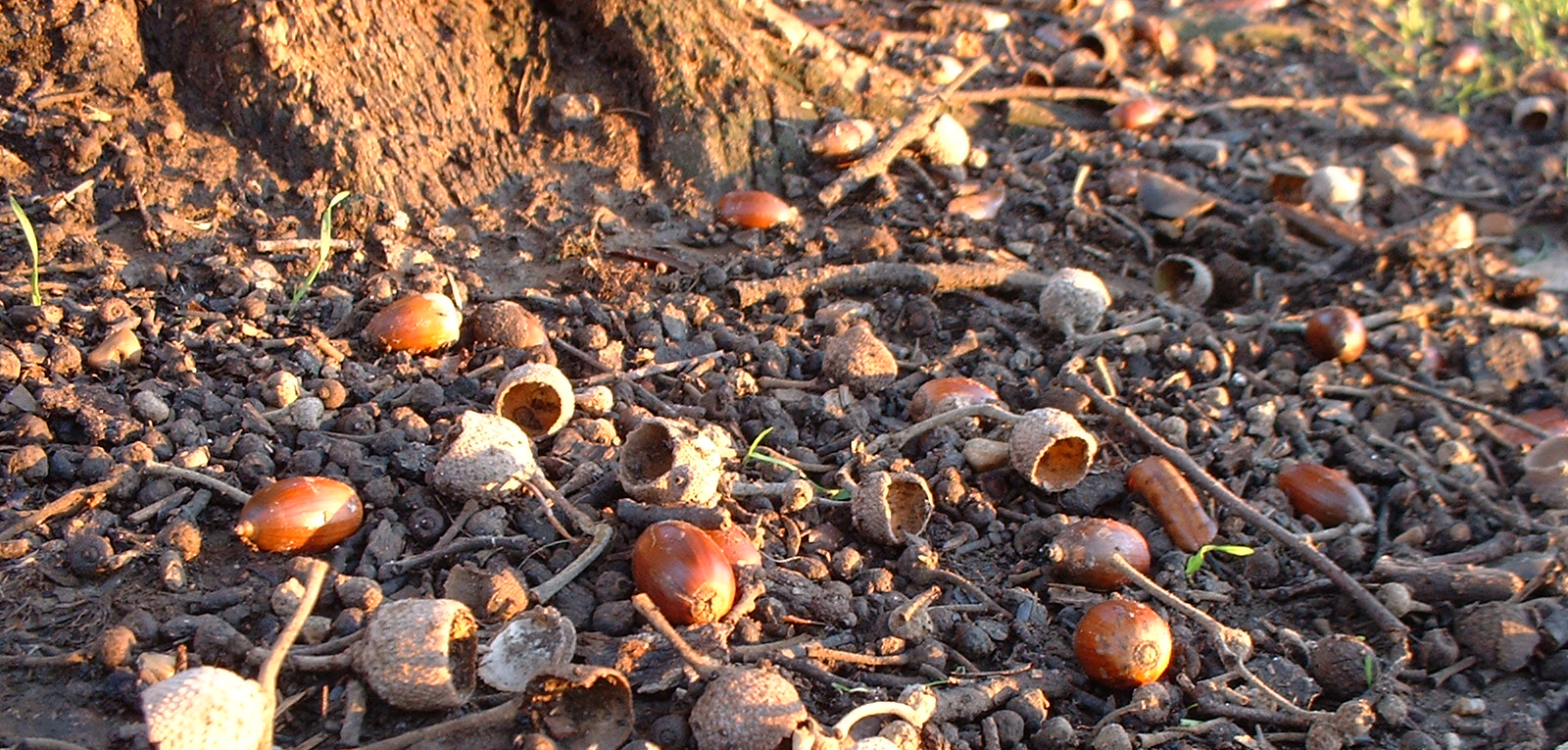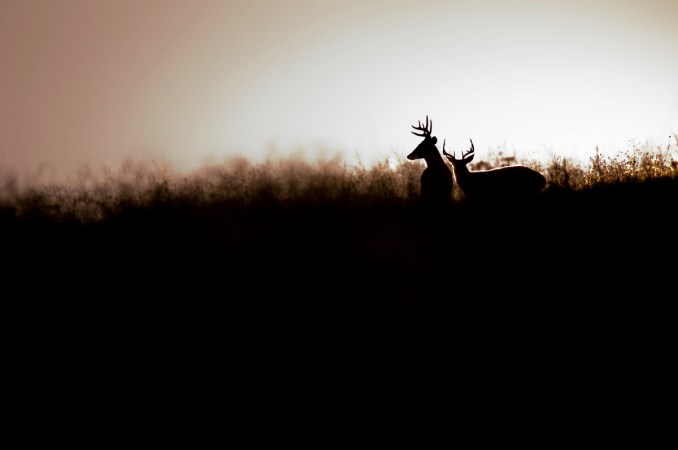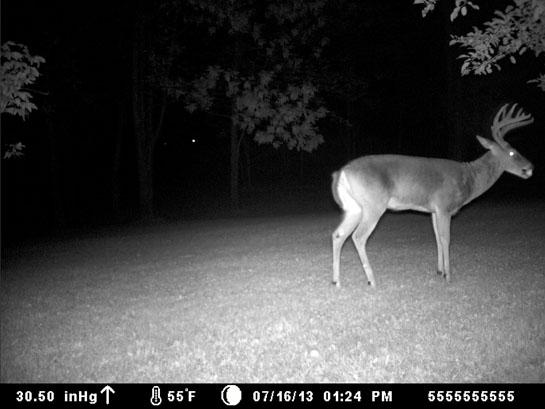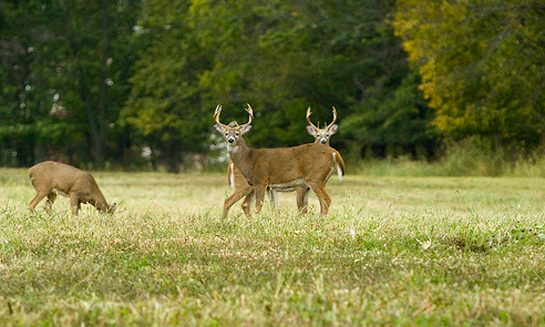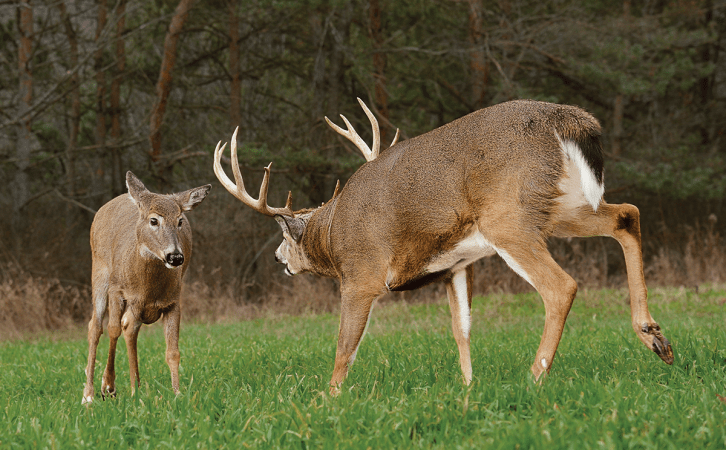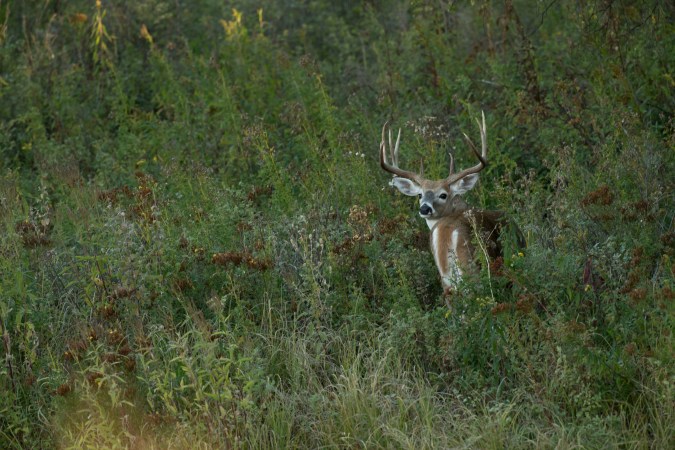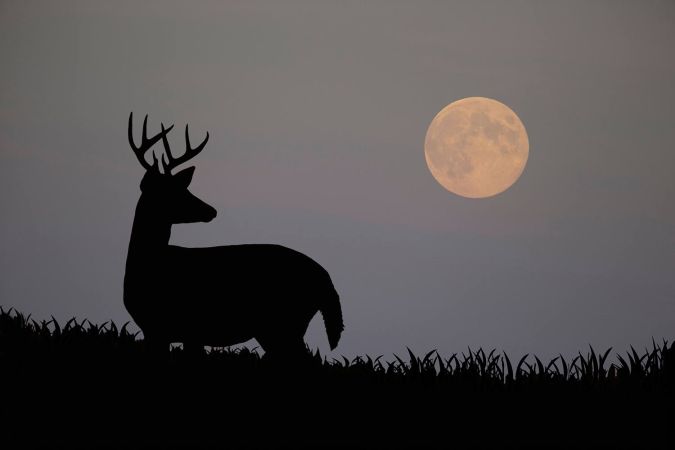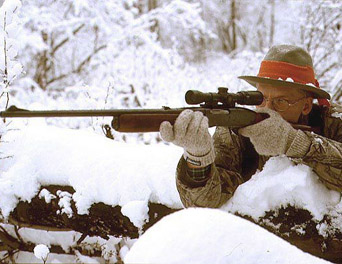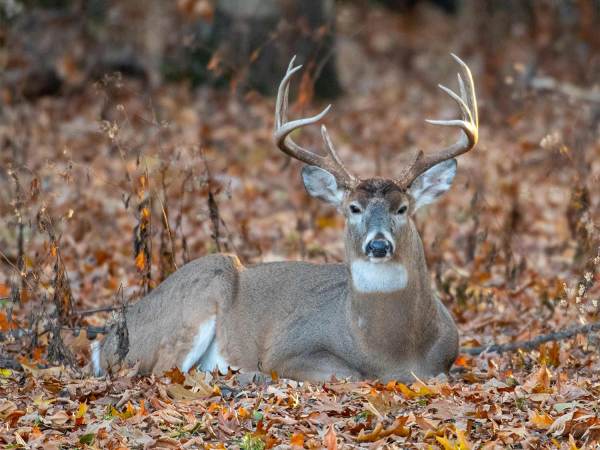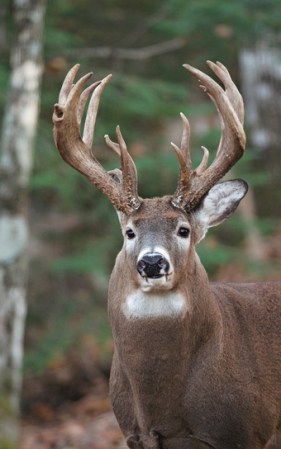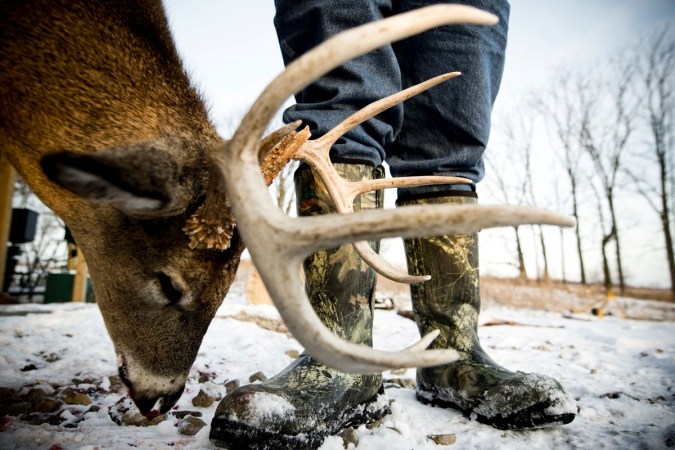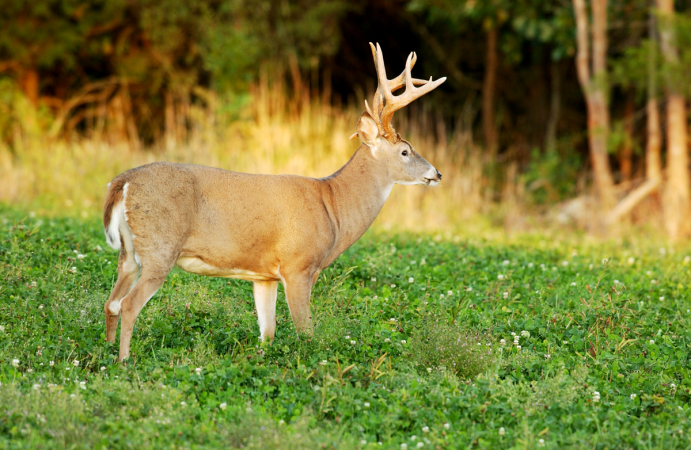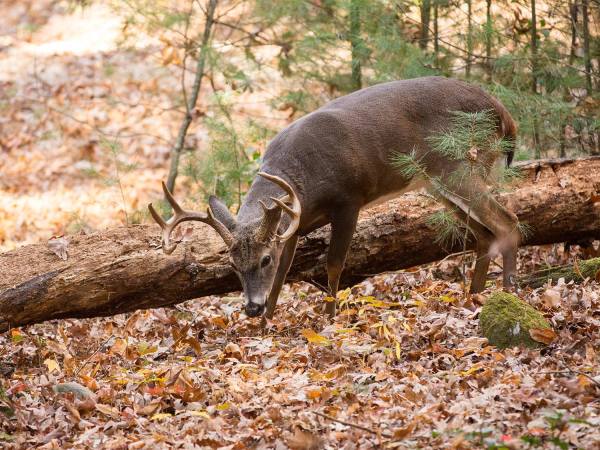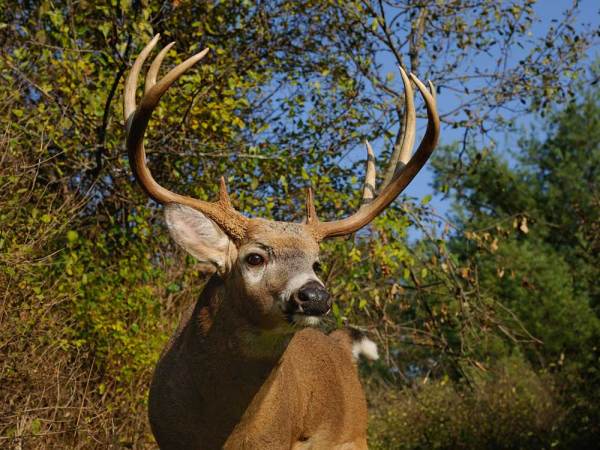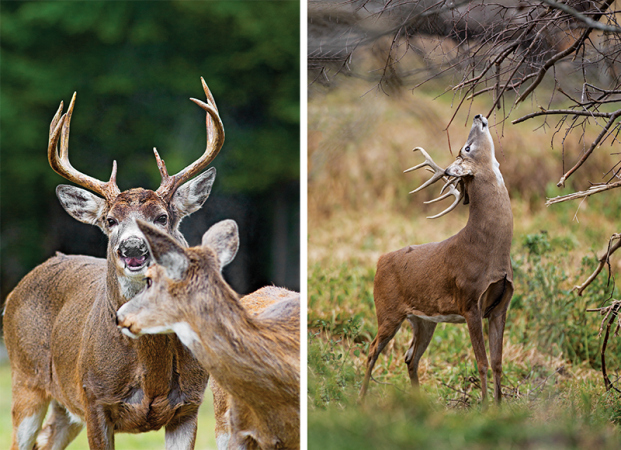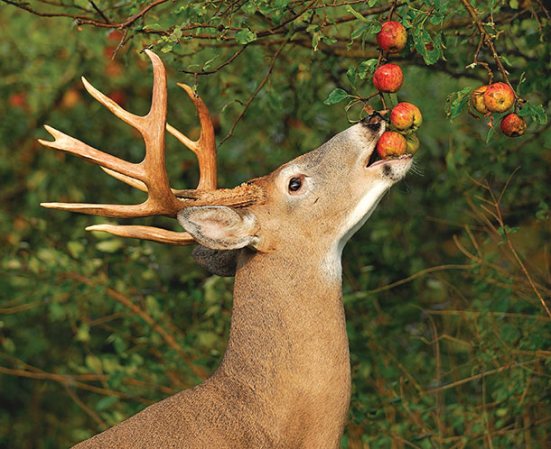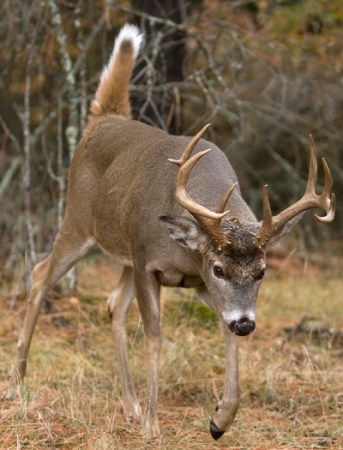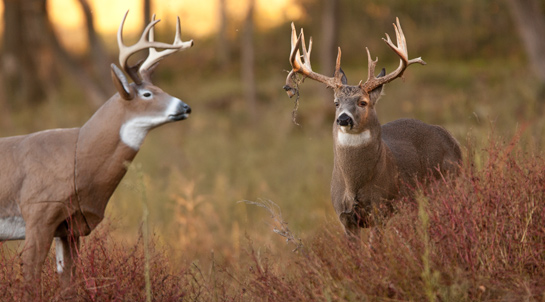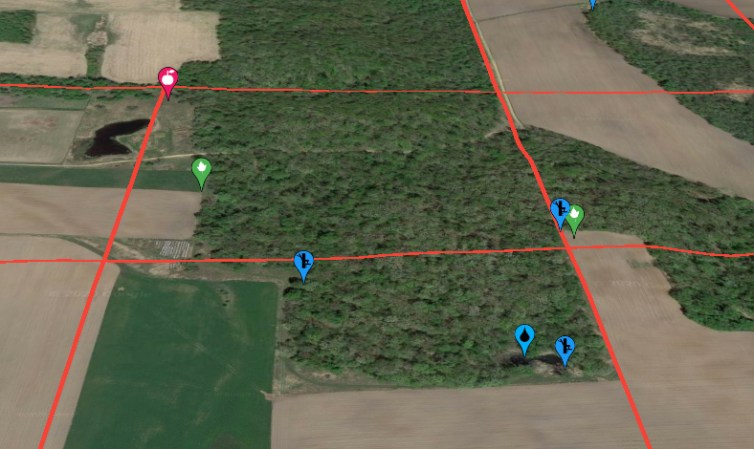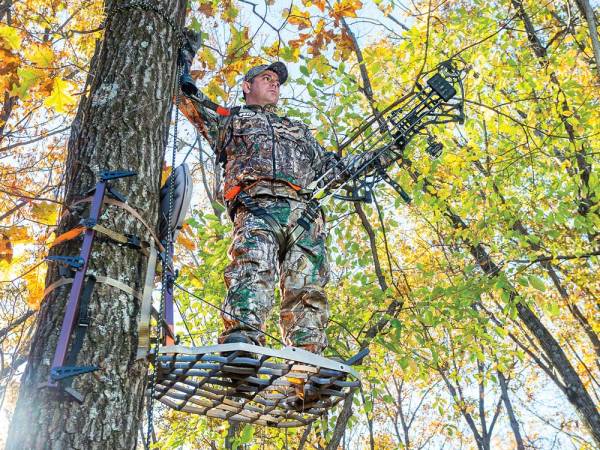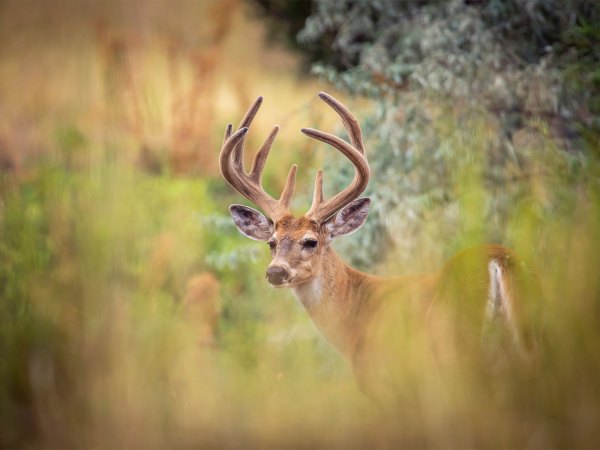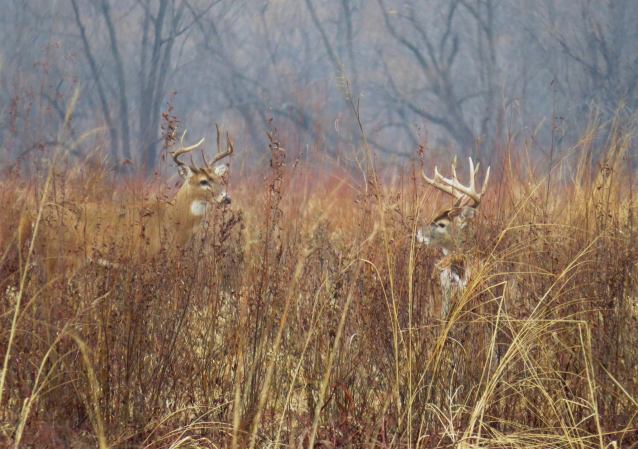Most bucks are hard-horned and the testosterone level is rising, but don’t let these early signs of the breeding season mislead you into thinking you are hunting rut-driven bucks. In spite of the occasional rub or scrape, the rut is well over a month away and we are smack dab into the need-to-feed season. The key to successful early-season whitetail hunting right now is to hunt the food.
Whitetails everywhere are all about getting ready for the breeding season (and the winter to follow) and that means packing on as many pounds as possible before the rut kicks in sometime in early November. Their behavior is dominated by the need-to-feed. Bucks will often gain 25 to 30 percent of their body weight in the last 45 days before the rut. To do so, they will feed long, hard, and frequently.
Early-season whitetails are feeding heavily during cool evenings and a number of times during the night. Intense feeding makes them easier to pattern now than they in mid-November. Whereas most bucks are still hitting their summertime food sources—bean fields, alfalfa and green fields—acorns are beginning to drop in parts of the country, which will bring about a big food-source shift. Apples, pears, persimmons and fall berries make the list, too.
Knowing when the shift takes place is critical for early-season hunting success. If your trail cameras are suddenly coming up empty after several days of soaking, you can bet that the food-source shift is underway.
The fall feeding frenzy is when many deer hunting experts take their best deer. The deer are still relaxed and have their guard down, but it won’t last long. Their need to feed often puts them out in the open, and a savvy hunter can make a plan and be there when Mr. Big shows up for dinner.
